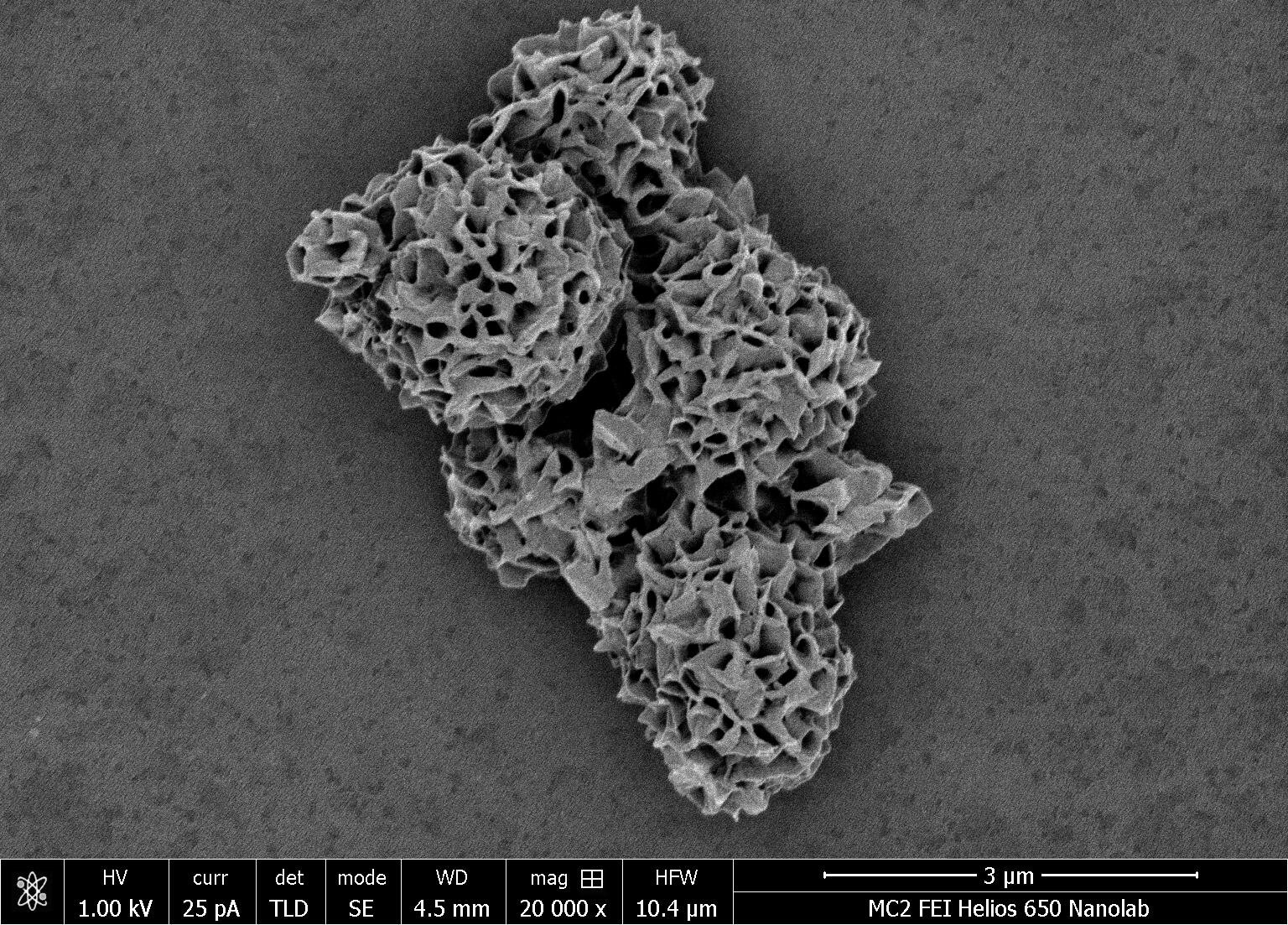In the process of evolution, the shape of molecules constantly became more complex - this is how the most complex of them appeared, to which
Among the most complex natural particlesinclude pointed coccolithophores. This type of algae, several microns in diameter, is known for creating intricate shells of limestone around itself. To better understand the rules that determine how such particles grow and how their shape is formed, scientists have been trying for years to recreate them in the laboratory. However, such experiments have so far failed to produce any significant results, primarily because researchers have not been able to find a way to measure the complexity of the resulting molecule.
In the new work, the researchers found that oneOne of the key features of the complexity of a particle is chirality - in this context, this is the tendency for its structures to twist clockwise or counterclockwise.
As evidence of their hypothesis, the researchers, guided by the principle of chirality, coated nanosized sheets of gold sulfide with an amino acid called cysteine.


The result of the experiment was a particle, a structurewhich, according to scientists, is even more complicated than genital coccolithophores. In other words, they managed to create the most complex particle known to science.
It was previously reported that the ionic liquid helped make the sponge a reliable filter for nano-sized particles.